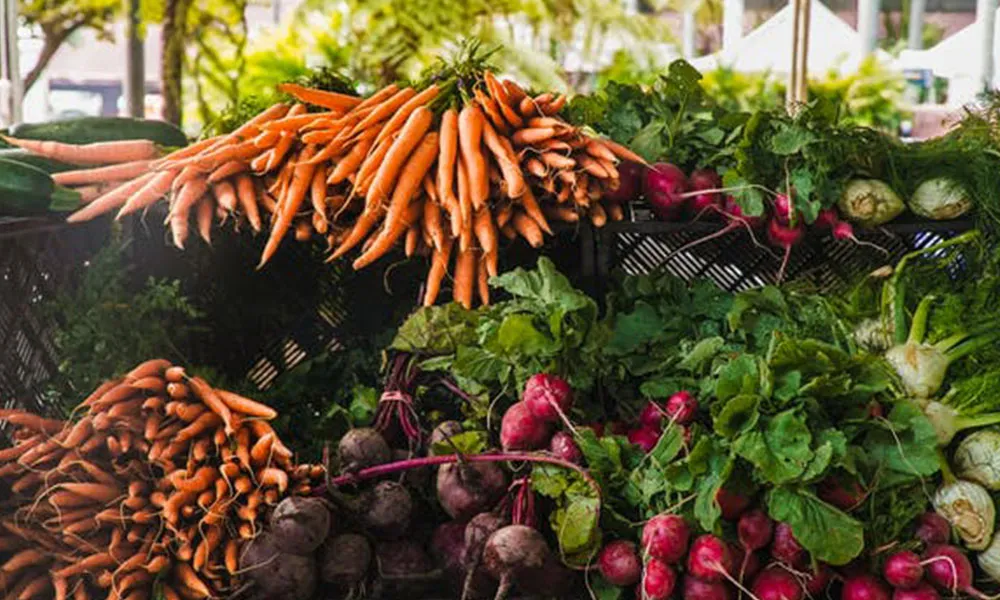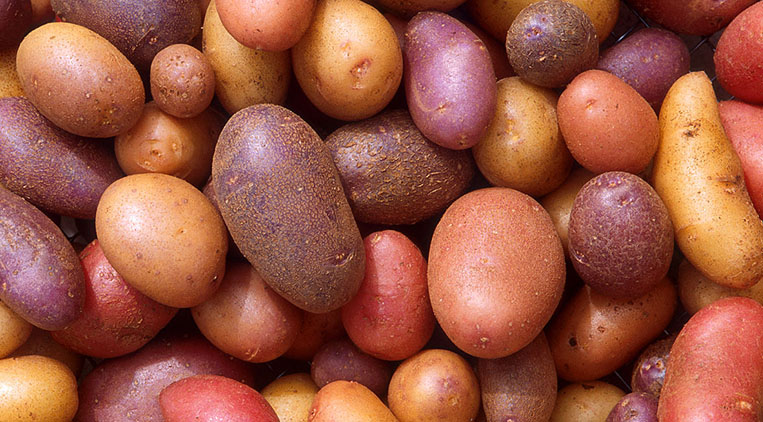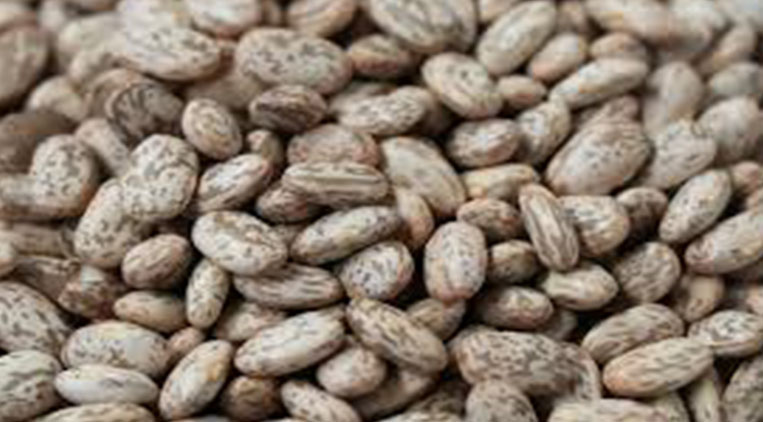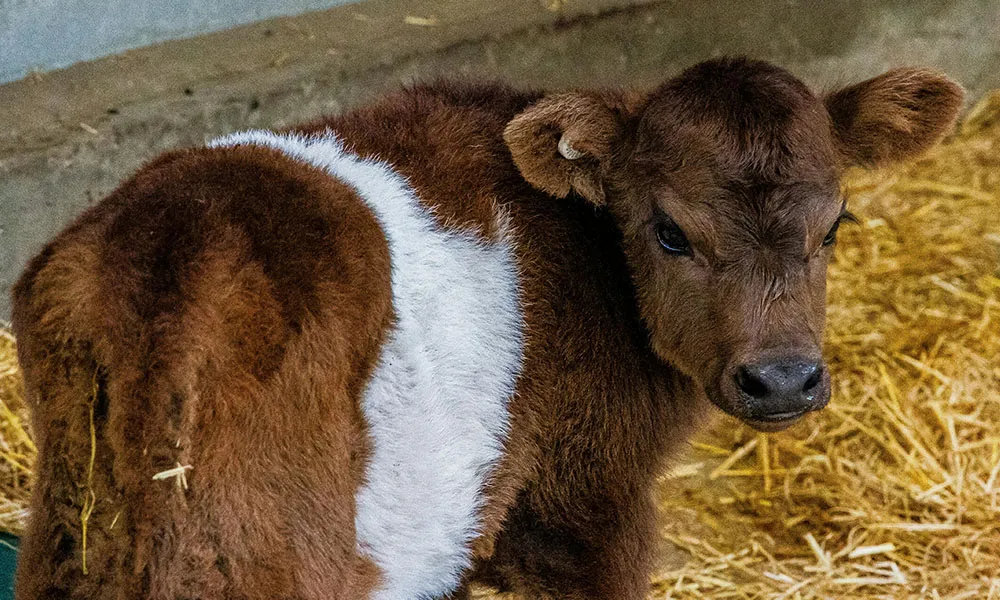
Transitioning from feed concentrate
When it comes to winter feed for cattle, most of us are content with the old reliable strategy: a combination of good quality silage plus a feed concentrate tailored to our animals’ age, size, or breed. However, with concentrate prices on the rise, more and more farmers are looking for cheaper, home-grown alternatives. Over the last year or two, I have spoken to several farmers who have either started to supplement feed concentrate with various root vegetables and beans, or have replaced it completely with a combination of these.
The transition away from feed concentrate is not a decision to be made lightly. Feed manufacturers put a lot of thought and time into creating a product that meets your cattle’s seasonal dietary requirements, so replacing it will require no small effort or consideration on your part. Beef scientists emphasize that any shift towards feed concentrates requires a carefully planned nutritional analysis. You need to be sure that any new diet strikes the right balance between protein, energy and fibre, to optimise rumen function and overall animal health. Furthermore, we should always be mindful that the right dietary balance varies depending on age, sex, size and stage of production.
The guide below should help you to assess the nutritional content of some of the most popular alternatives to feed concentrates.
Potatoes
The faithful spud is a staple of the Irish diet, and there are always plenty of them to go around in this country. Astonishingly easy to grow in most soil types, they are an excellent source of energy for cattle during the winter months. If you have a few to spare, why not toss them in the feeding passage and see how your cattle react?

Potatoes can make up as much as 70% of an animal’s dietary requirements. However, like all root vegetables, spuds on their own are not a replacement for a feed concentrate. They are low in fibre and protein, so they have to be supplemented with alternative feeds, such as beans and parsnips, that contain higher proportions of these essentials.
Parsnips
Before the potato was brought to Europe from the Americas, parsnips formed the basis of the Irish diet. Much like the spud, the parsnip is an excellent source of energy and is also high in fibre. They are a reliable winter crop, cheap and easy to grow in volume. Again, though, they do not contain much protein and should never make up more than 50% of your animal’s winter diet.
Carrots
Similar to the parsnip, the carrot is an excellent source of energy and fibre, and is also chock-full of vitamins that will help your cattle to stay healthy over the winter months. Even better, cattle love their sweet, earthy flavour and will go wild for them. On the downside, they contain almost no protein, are tricky to grow on a large scale, and should not comprise a very significant percentage of a ruminant’s diet.

Faba beans
Easily grown in winter and spring, the Faba bean is a well-known and much vaunted winter feed for ruminants. Beans used for animal feed in this country are usually smaller and rounder than the common broad bean, and include the “horse bean” (medium sized) and the “tic bean” (small). Whereas root vegetables are low in protein, beans (and peas) are loaded with the stuff. This makes them the ideal supplement for a diet of potatoes, parsnips and carrots. Usually cattle enjoy the taste of faba beans and, according to the best scientific research, bean protein is highly degradable in the rumen. What’s not to like? Get planting, lads!
Beets
An increasingly popular choice on Irish farms, sugar and fodder beets are highly palatable to cattle. They are also one of the best sources of much-needed energy during the winter months. Again, though, they lack protein and should only be given as part of a balanced diet that includes adequate minerals, vitamins, protein and fibre.










